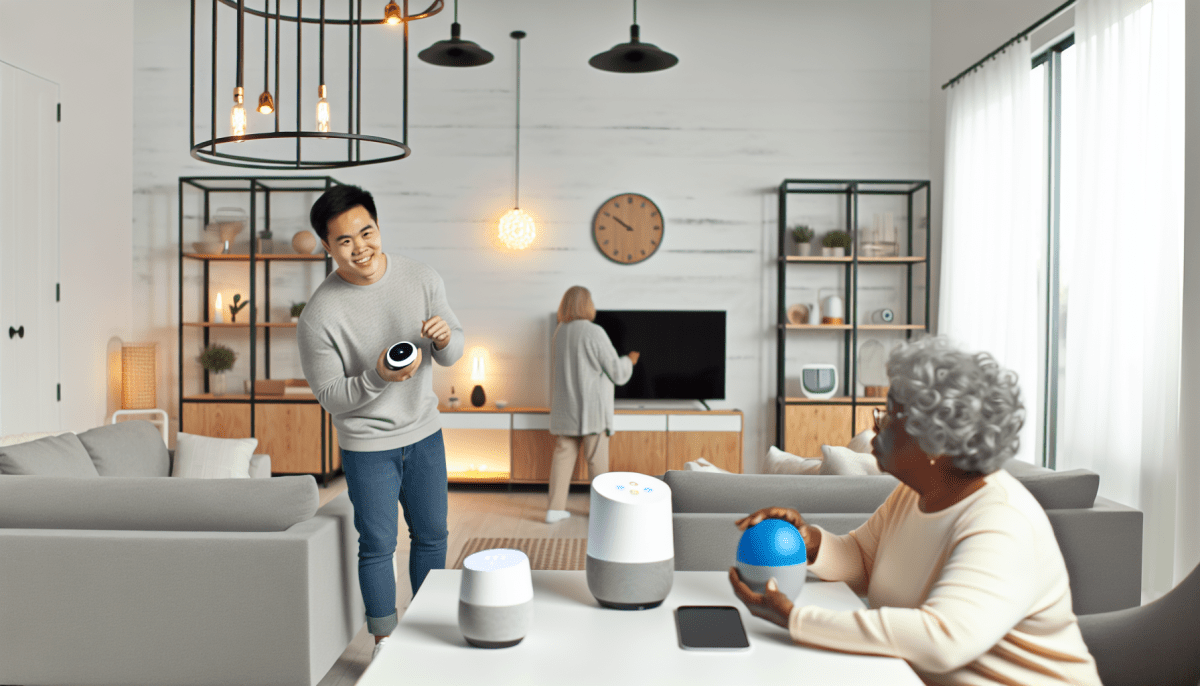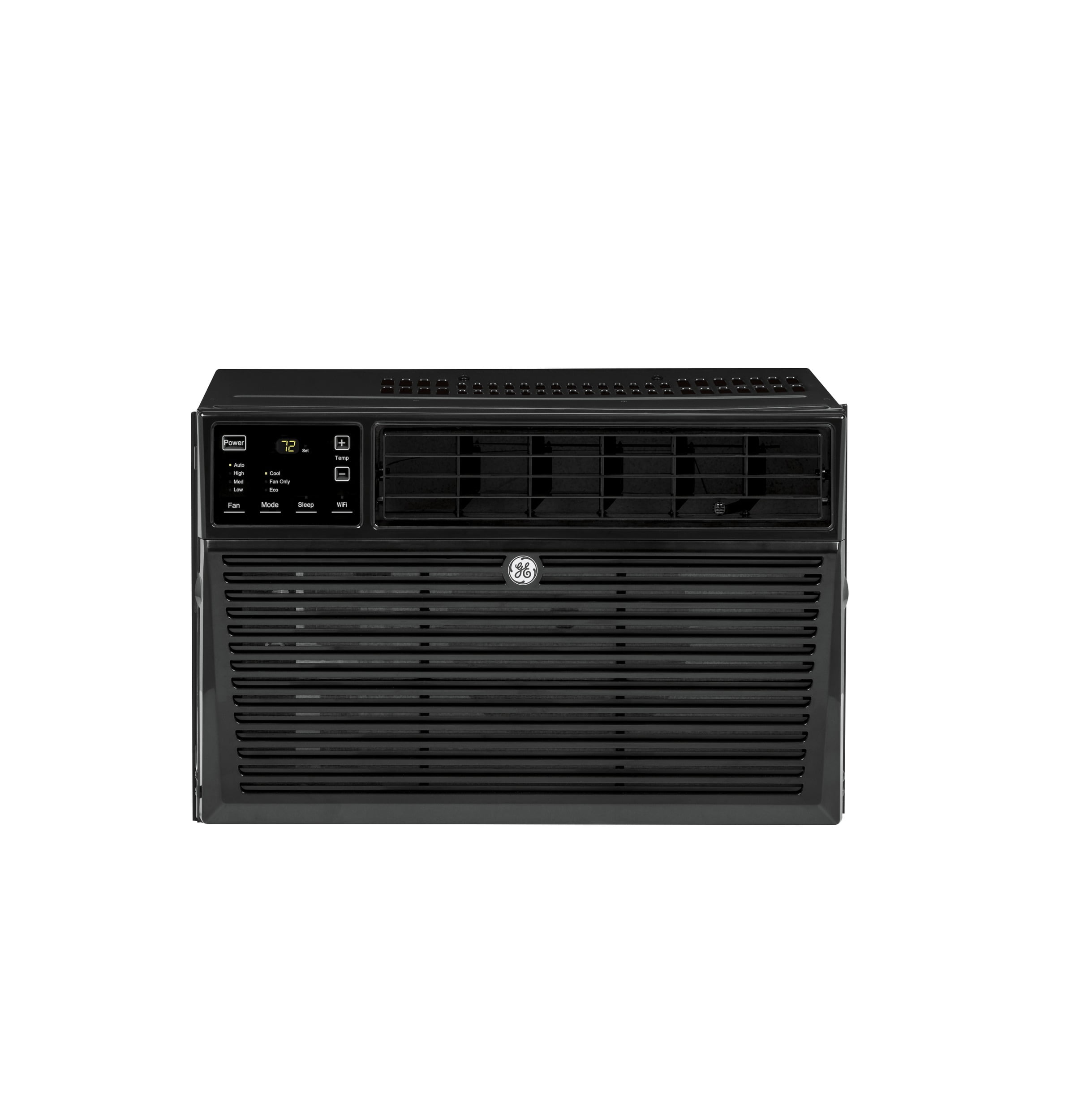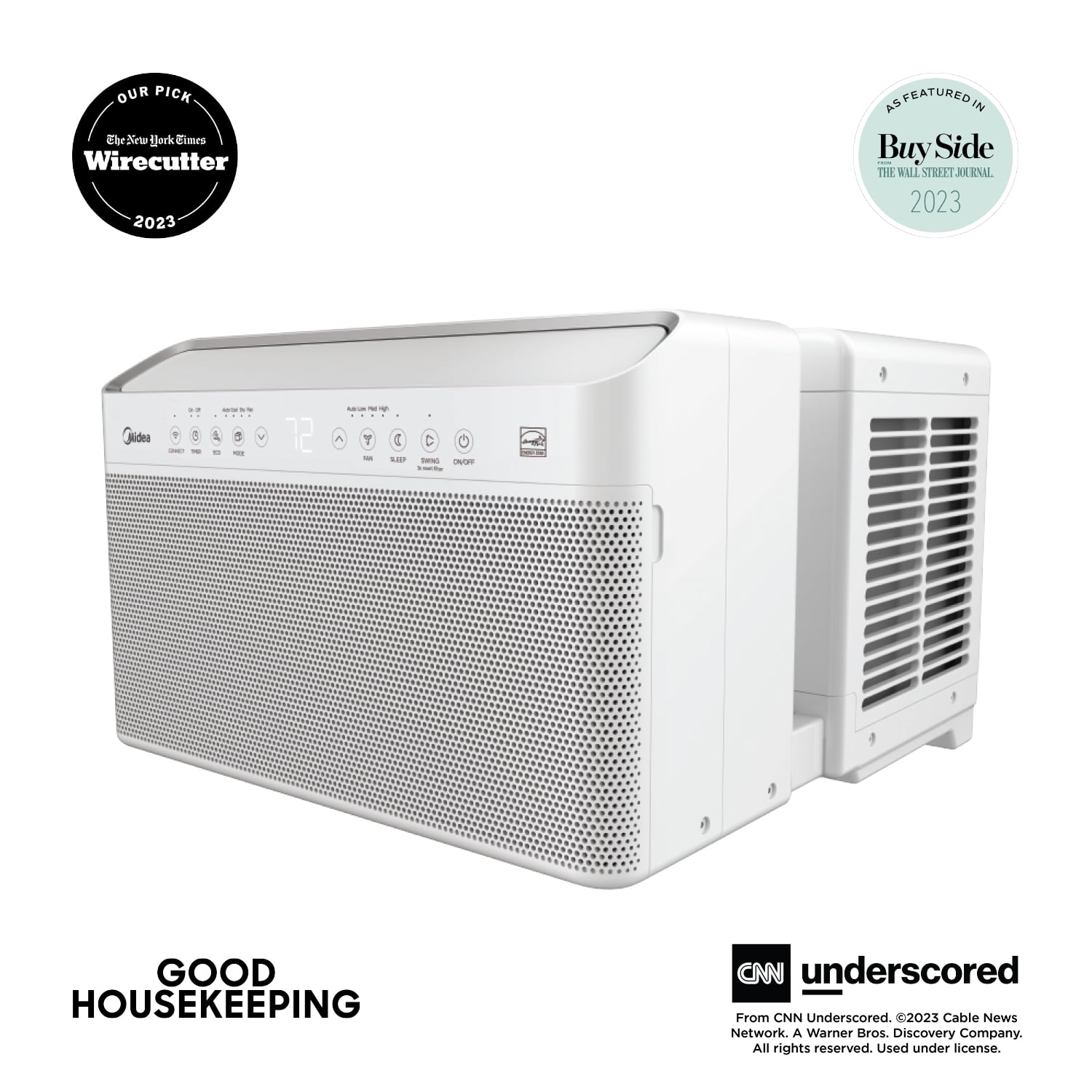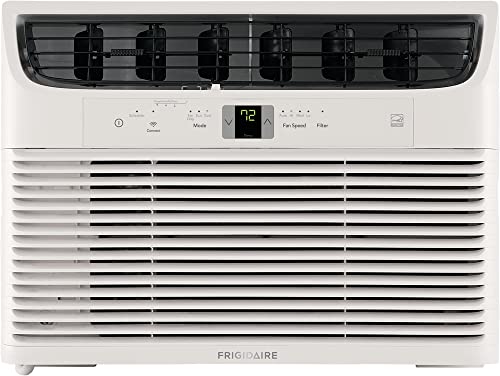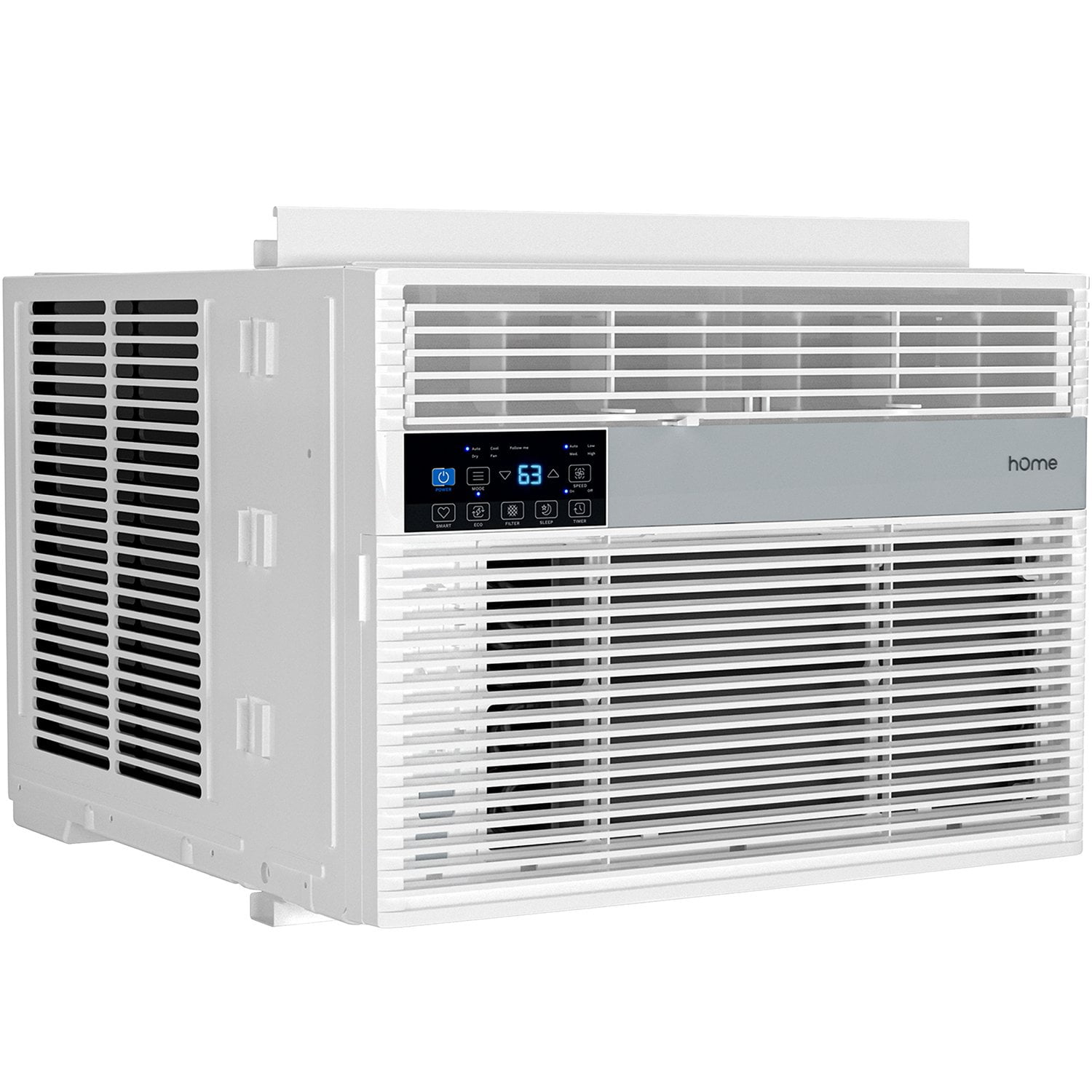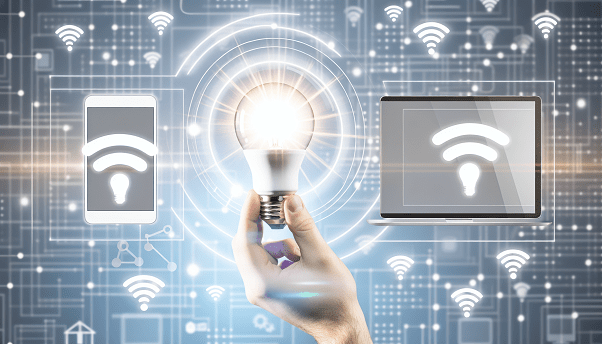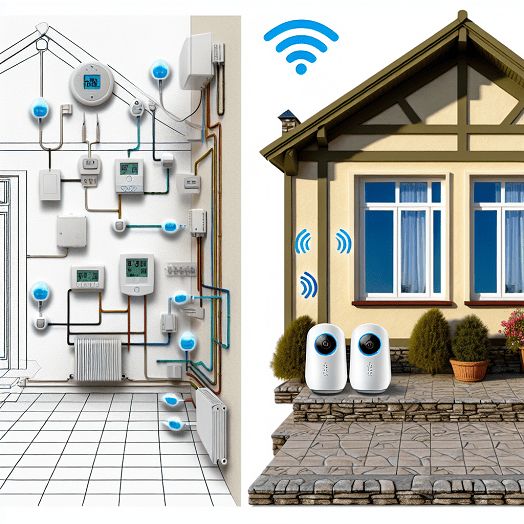Home automation refers to the use of technology to control various systems within your home remotely. This can involve anything from controlling lights, heating, and security systems to managing appliances and entertainment devices. The beauty of home automation lies in its ability to simplify daily tasks and enhance the overall convenience of living in a smart home.
At its core, home automation relies on smart devices that can communicate with each other through the internet. These devices can be controlled through apps on your smartphone or through voice-activated assistants like Amazon Alexa or Google Assistant. For example, you can simply say, "Turn off the living room lights," and your voice assistant will take care of it. This seamless functionality makes it easier than ever to manage your home environment.
There are a few key components to consider when starting your home automation journey. First, you’ll need a reliable internet connection, as most smart devices rely on Wi-Fi to function. Next, you’ll want to choose a hub or platform that can connect and control multiple devices. Popular options include SmartThings, Apple HomeKit, and Google Home. Lastly, consider the specific devices you want to automate, such as smart bulbs, thermostats, or security cameras, and ensure they are compatible with your chosen platform.
Getting started with home automation doesn’t have to be overwhelming. Begin with a single device, like a smart light bulb, and gradually expand your collection as you become more comfortable. Many devices come with user-friendly apps that guide you through the setup process, allowing you to personalize your automated experience. Before you know it, you’ll be enjoying the many benefits of a smarter, more convenient home.
Essential Devices for Your Smart Home
When diving into the world of smart home automation, it's important to start with the essential devices that will make your life easier and more connected. These devices not only enhance convenience but also lay the foundation for a fully automated home environment. Let's explore some key smart devices that every beginner should consider.
First on the list is the smart speaker. Devices like the Amazon Echo or Google Nest Hub act as the central command for your smart home. They allow you to control other devices, play music, set reminders, and even ask questions, all through simple voice commands. With these smart speakers, you can quickly integrate other compatible devices, making them an excellent starting point for your home automation journey.
Next, consider smart lighting. Smart bulbs, such as Philips Hue or LIFX, let you control your home’s lighting remotely using your smartphone or through voice commands. You can change colors, set schedules, and create scenes to match your mood or routine. Not only do these lights provide convenience, but they also help save energy, as you can turn them off when you're not home.
Another must-have device is the smart thermostat, like the Nest or Ecobee. These thermostats adapt to your preferences, learning your schedule and adjusting the temperature automatically. You can control them from your phone, ensuring your home is always at the perfect temperature, whether you're out for the day or cozying up on the couch. Plus, they can lead to energy savings by optimizing your heating and cooling usage.
Lastly, don't forget smart security devices, such as doorbell cameras and smart locks. Devices like the Ring Video Doorbell and August Smart Lock provide added peace of mind. You can see who’s at your door from anywhere and remotely lock or unlock your door. This level of security is not just convenient; it also enhances your home safety, making it a vital part of your smart home setup.
Simple Setup Tips for Beginners
Getting started with home automation can seem overwhelming, but it doesn’t have to be! Here are some simple setup tips to help beginners dive into the world of smart homes with ease.
First, start small. You don’t need to automate your entire home at once. Begin with one or two devices, like smart bulbs or smart plugs. These are easy to install and can make a noticeable difference in your daily life. For example, smart bulbs allow you to control your lighting from your smartphone, making it easy to adjust the ambiance without getting up.
Next, choose a central hub to connect all your devices. Many smart devices come with their own apps, which can be confusing. A central hub, like Amazon Echo or Google Nest, can streamline your setup by allowing you to control everything from one place. Just make sure that the devices you choose are compatible with your hub for a smoother experience.
Lastly, take advantage of automation features. Most smart devices come with built-in automation settings. Set schedules for your lights to turn on and off at specific times or create routines that align with your daily activities. For instance, you can teach your home to prepare for movie night by dimming the lights and turning on the TV with just a single command. These little tweaks can significantly enhance your comfort and convenience.
Enjoying the Benefits of Automation
Home automation has taken the concept of a convenient lifestyle to a whole new level. Imagine walking into a room and having the lights turn on automatically or adjusting the thermostat with just a voice command. These are just a few examples of how automation can make daily tasks easier and more efficient. With a few simple devices and connecting them to a smart hub, you can experience a life that feels more organized and less stressful.
One of the most significant benefits of home automation is the control it offers. You can manage everything from lighting and temperature to security systems right from your smartphone or through voice assistants like Alexa or Google Assistant. This gives you the power to customize your home environment according to your needs. For instance, you can set your living room lights to dim for movie nights or program the coffee maker to start brewing your morning cup just as you wake up.
Another fantastic aspect of automation is energy efficiency. Smart devices can help you monitor and reduce your energy use. For example, smart thermostats learn your schedule and adjust the temperature when you're not home, which can lead to significant savings on your energy bills. Additionally, smart plugs allow you to turn off devices remotely, ensuring that nothing is left on when you leave the house.
Lastly, automation enhances your home's security. Smart cameras and door locks can provide real-time alerts to your phone when someone is at your door or if unusual activity is detected. This peace of mind is invaluable, especially when you are away on vacation or at work. By embracing home automation, you not only simplify your daily routine but also create a safer and more efficient living space.
